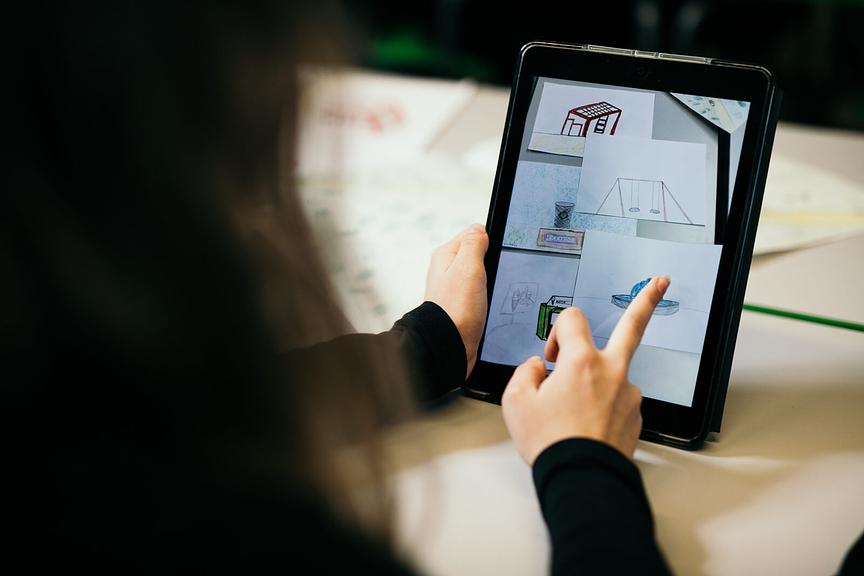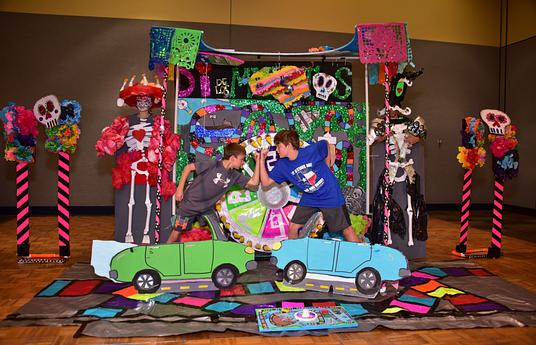The world is increasingly technological, which is reflected in the change of teachers' work. Schools and teachers’ work environments are digitalized and the introduction of new digital equipment can sometimes complicate teachers' basic work. In this model, teachers’ work is made easier by using technology as a key tool for co-planning.
In Digital Co-Teaching, four teachers teaching the same grade plan the year together. The planning will be primarily done using cloud-based applications, which enables sharing tasks, easing workloads as well as personal planning.
The starting point for the whole model is the platform, that is modified for teachers, students and guardians. The platform includes all learning-related electronic materials as well as teacher and student evaluation tools all in one place. However, the whole learning community must have access to digital tools.
During the following academic year, the materials can be easily exported to teachers teaching the same grades. These teachers can develop the materials even further. This is how teaching materials are improved and defined along the way.
The electronic environment also serves as a channel for communication across the whole community, where teachers and students work together. In addition, guardians can follow the learning and evaluation process through the files shared with them.
The model was first developed at Veromäki school during the 2014–2015 semester. It is part of a larger framework of individual learning.



